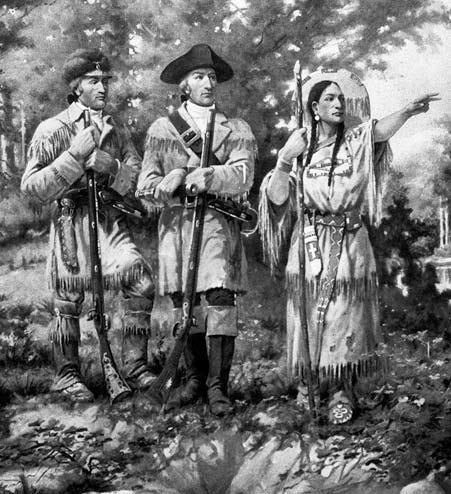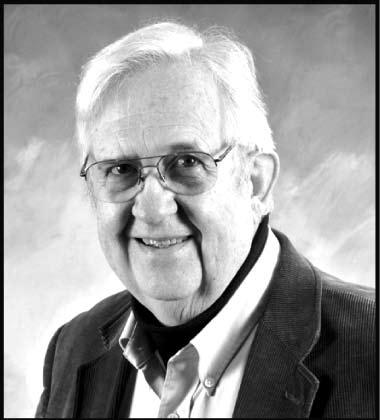
2 minute read
To Advertise in The Paper call
Historically Speaking
by Tom Morrow
Advertisement
The ‘Mother’ of Our Nation?
Arguably, the mother of our nation could very well have been a 16-yearold Native American who helped lead the first transcontinental expedition up the Missouri River to the Pacific coast, exploring President Thomas Jefferson’s the so-called “Louisiana Purchase” of 1803.
Evidently, this title of “first” woman of America has some traction because her image is one of only two females ever placed on U.S. currency. Sacajawea was born in May 1788. She was a Lemhi Shoshone woman who, at age 16, met and helped the Lewis and Clark Expedition in achieving their mission objectives by exploring the far reaches of the Louisiana Territory.
In 1804-05, Lewis and Clark’s “Corps of Discovery” arrived at a Mandan village in what today is North Dakota. Knowing they would need the help of Shoshone tribes who lived at the headwaters of the Missouri River, they hired Toussaint Charbonneau, a fur trapper, after learning his wife, Sacajawea, spoke Shoshone. At the time she was pregnant with her first child.
Lewis recorded the birth of Jean (pronounced ‘John’) Baptiste Charbonneau on Feb. 11, 1805. By August of that year, the expedition had located a Shoshone tribe and were trading for horses when they discovered the tribe’s chief was Sacagawea’s brother.
When Lewis and Clark reached the Pacific Ocean, all members of the expedition, including Sacajawea and Clark’s black man-servant, York, voted on the location for building their winter fort.
On the return trip Sacajawea advised Clark to cross into the Yellowstone River basin at what is now known as Bozeman Pass. Later, this was chosen as the optimal route for the Northern Pacific Railway to cross the continental divide.
In 1809, Charbonneau and Sacajawea accepted Captain Clark’s invitation to settle in St. Louis. In 1813, the couple entrusted Jean-Baptiste’s education to Clark, who enrolled the young man in the St. Louis Academy boarding school.
Jean Baptiste shares the spotlight with his mother on the U.S. 2000 “golden dollar” coin. On that coin he’s the infant “papoose” depicted on Sacajawea’s back. He would go on to play a role in the history of Oceanside and North San Diego County. While not very popular among Americans, the 2000 golden dollar replaced the Susan B. Anthony dollar coin of previous years, but neither has been popular. There have been reports that abolitionist Harriet Tubman might replace President Alexander Jackson on the 20 dollar bill.
Jean Baptiste had a restless and adventurous life with many years of somewhat celebrity status. In 1846, he led the famed Mormon Battalion to California during the War with Mexico. In North San Diego County he was appointed Alcade (Spanish for the position of mayor) for the community around the Mission San Luis Rey in what today is Oceanside. But Jean Baptiste disliked the way Mission Indians were being treated and left to become a hotel clerk in Auburn, California.
When he was 61, Jean Baptiste was on his way to the gold fields of Montana when he became ill with pneumonia and died May 16, 1866, near Danner, Oregon.
Some historical documents suggest Sacajawea died in 1812 of “an unknown sickness,” but oral histories of Native Americans have her crossing the Great Plains after leaving her husband, and marrying into a Comanche tribe. She was said to have returned to the Shoshone in 1860 in Wyoming.
In 1925, Dr. Charles Eastman, a Dakota Sioux physician, was hired by the Bureau of Indian Affairs to locate Sacajawea’s remains. He learned of a Shoshone woman at the Wind River Reservation with the Comanche name of “Porivo.” Some of those he interviewed said she spoke of a long journey wherein she had helped white men. She possessed a silver “Jefferson Peace Medal” from the




